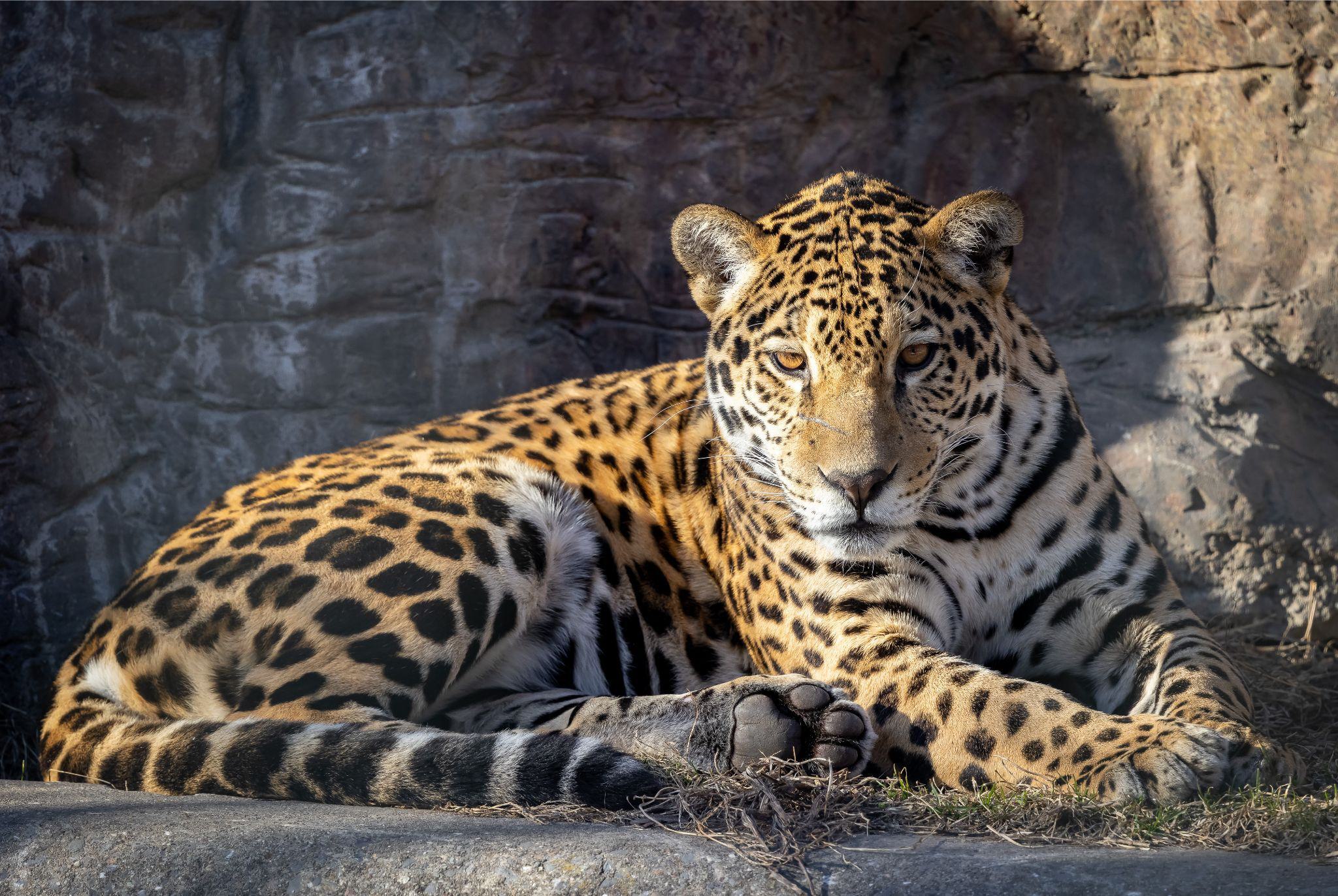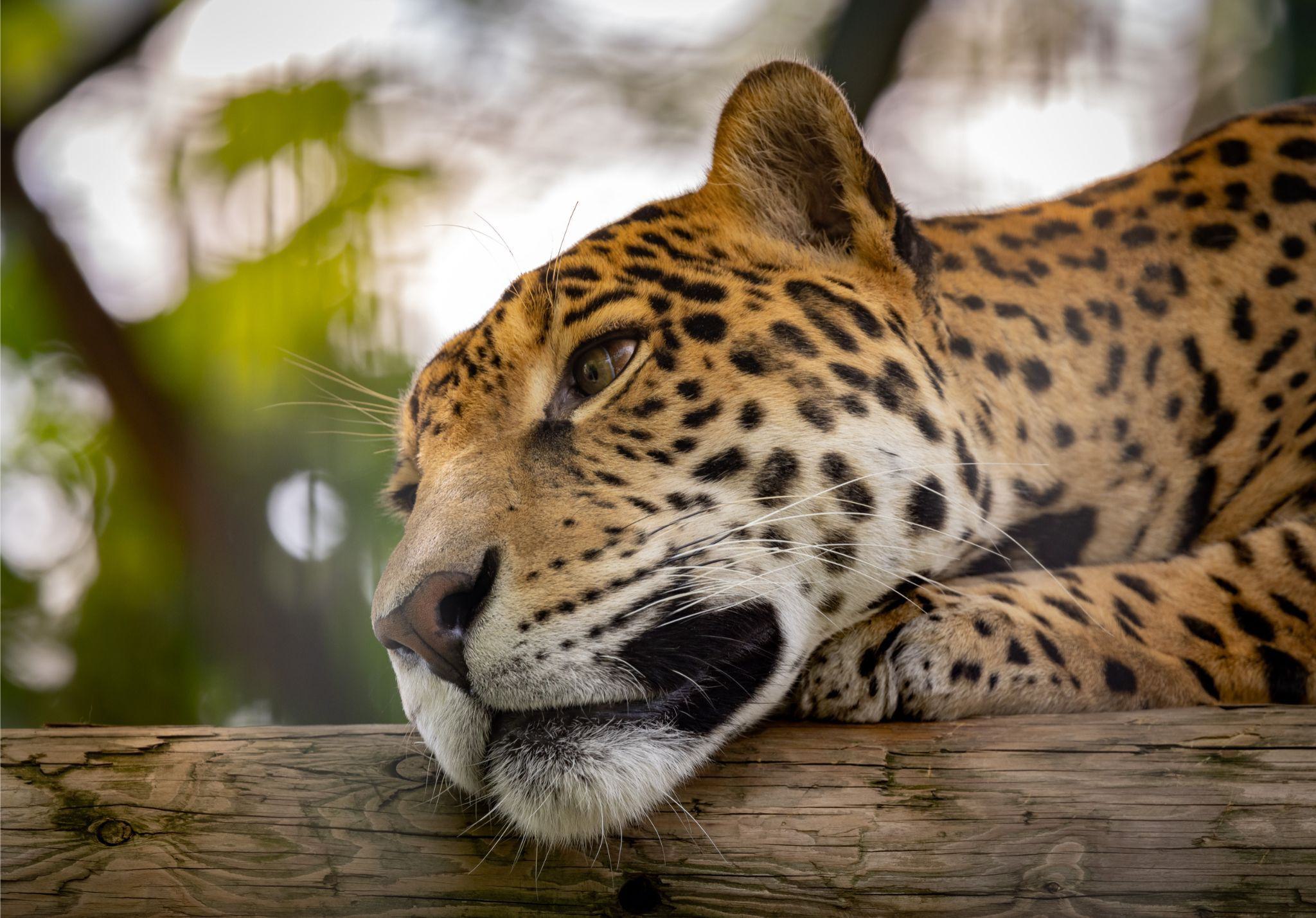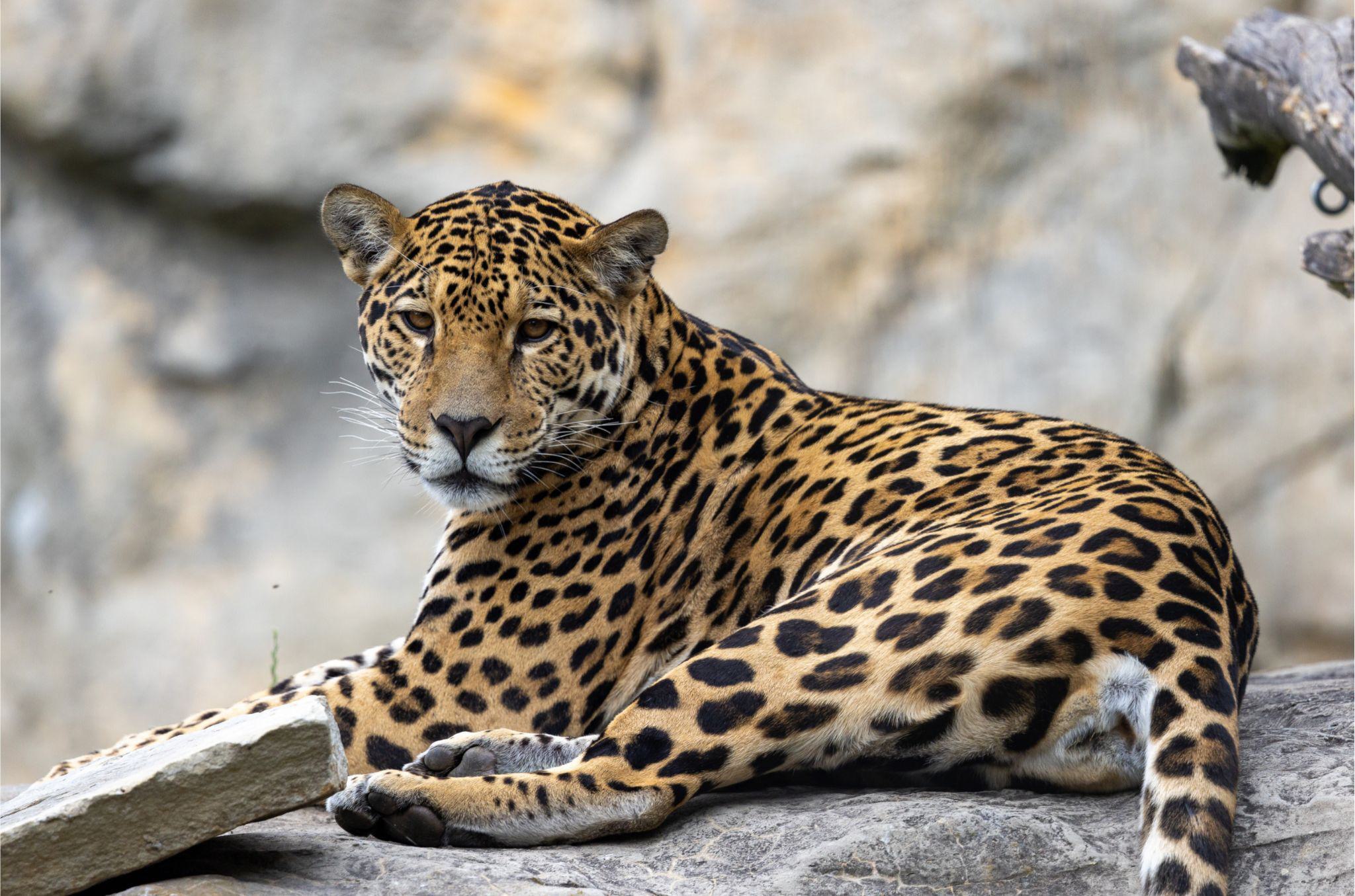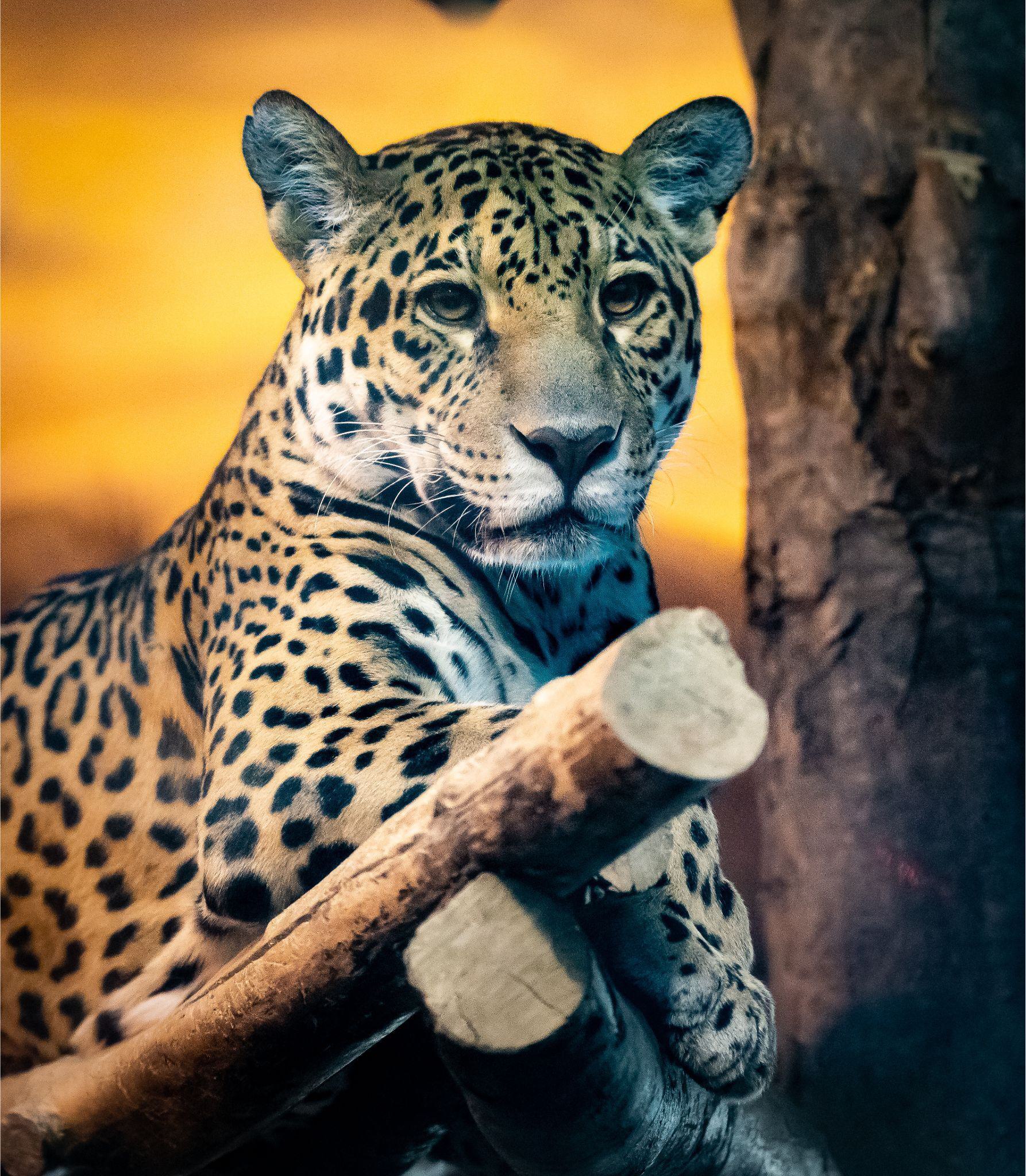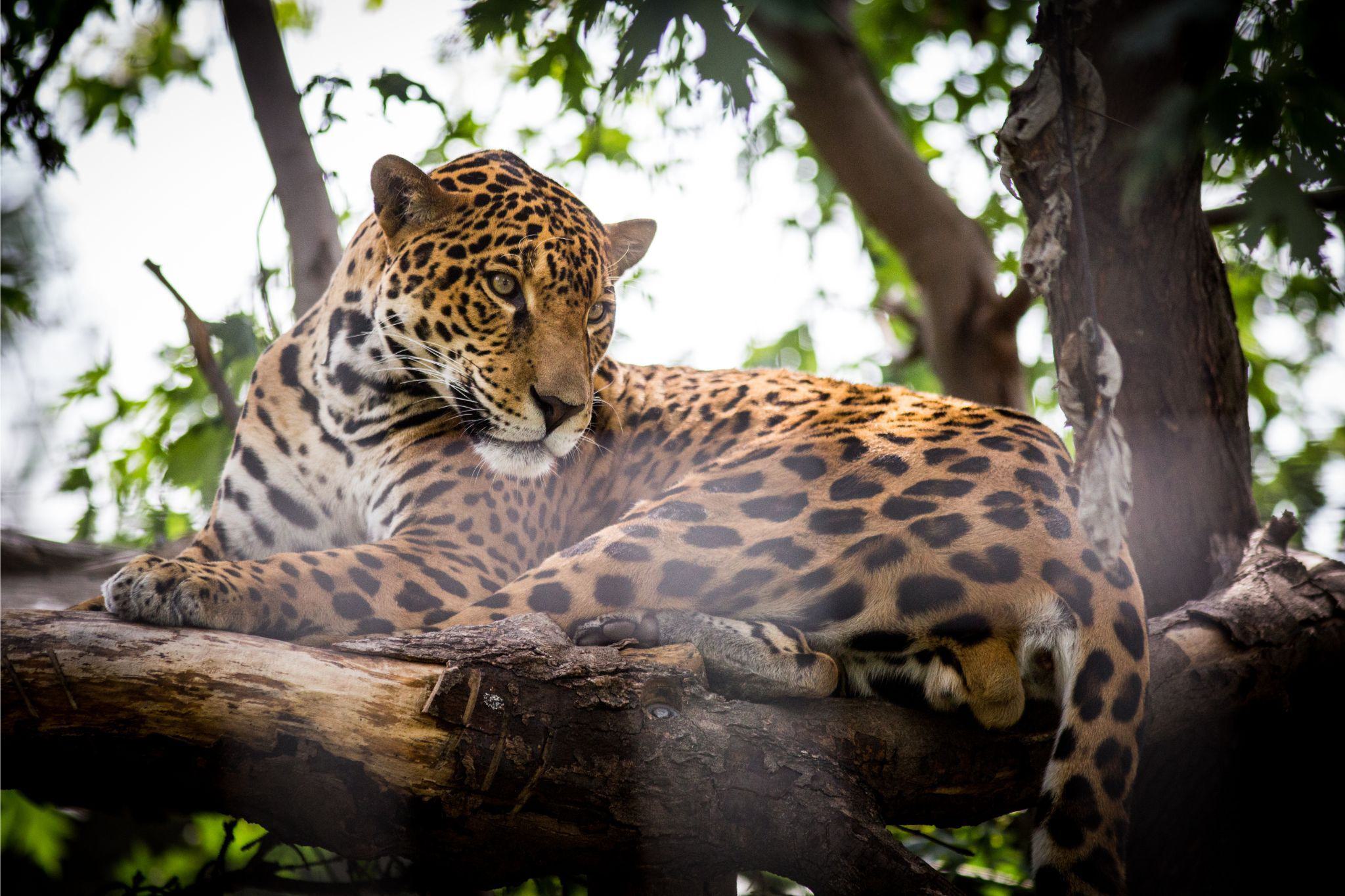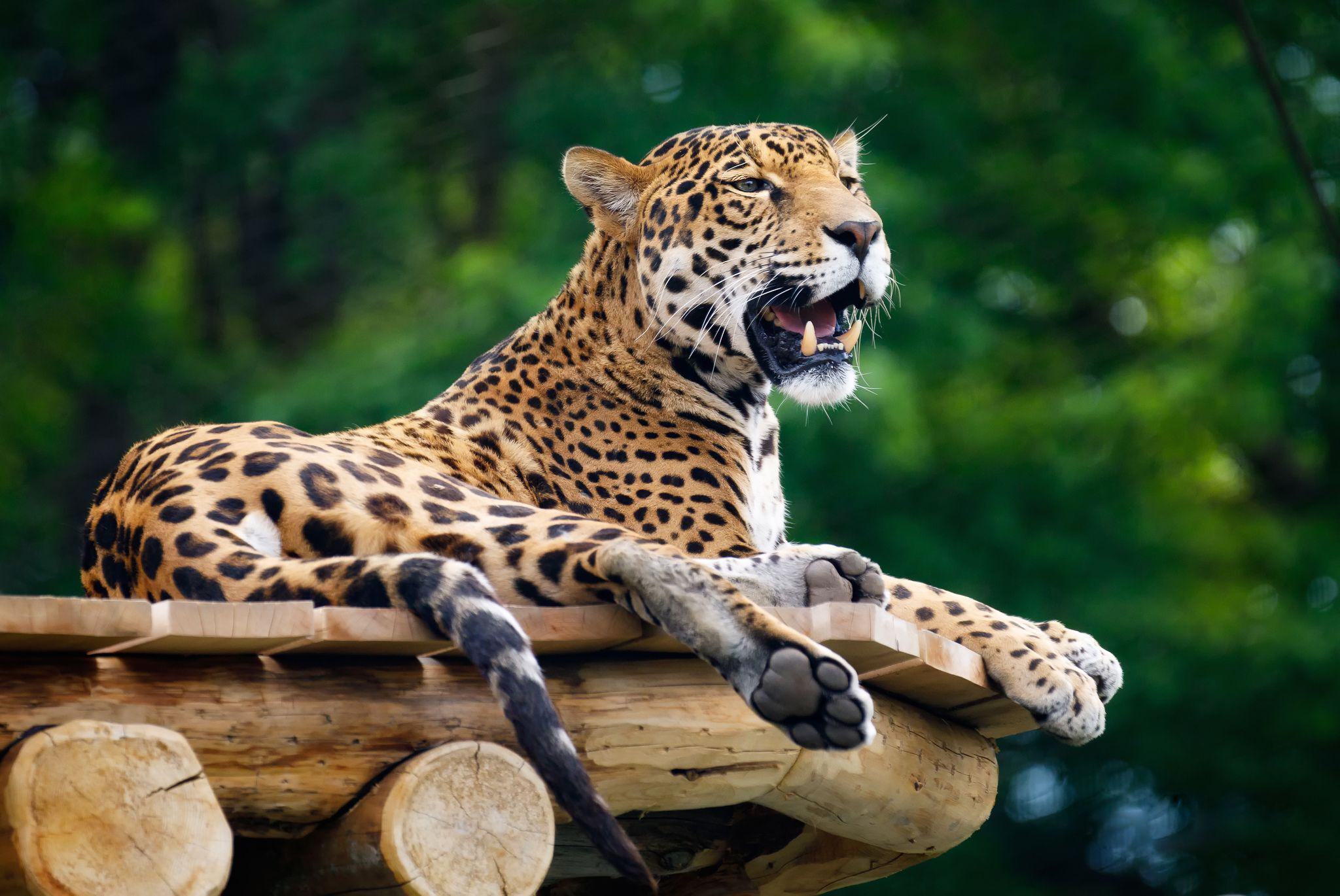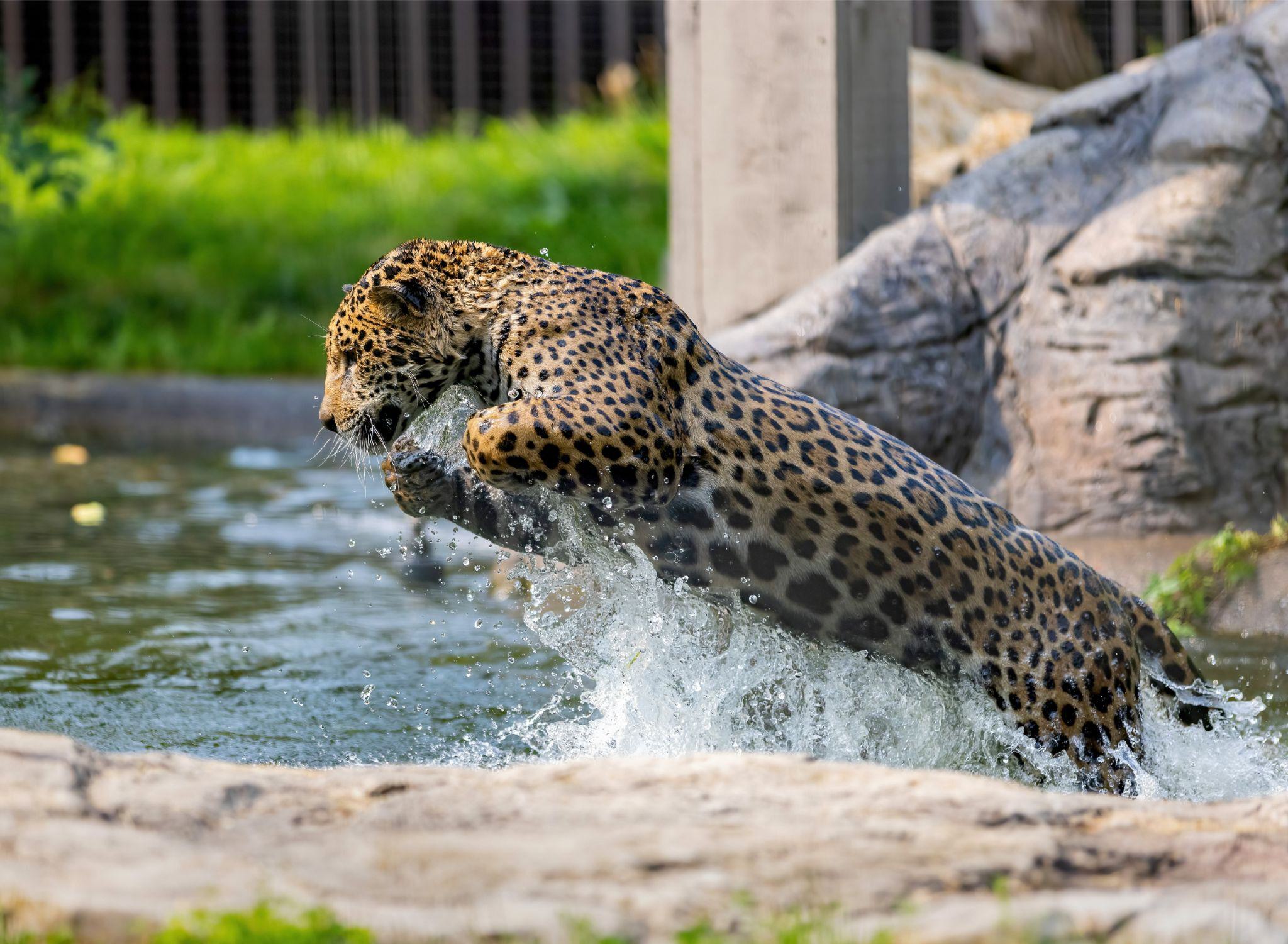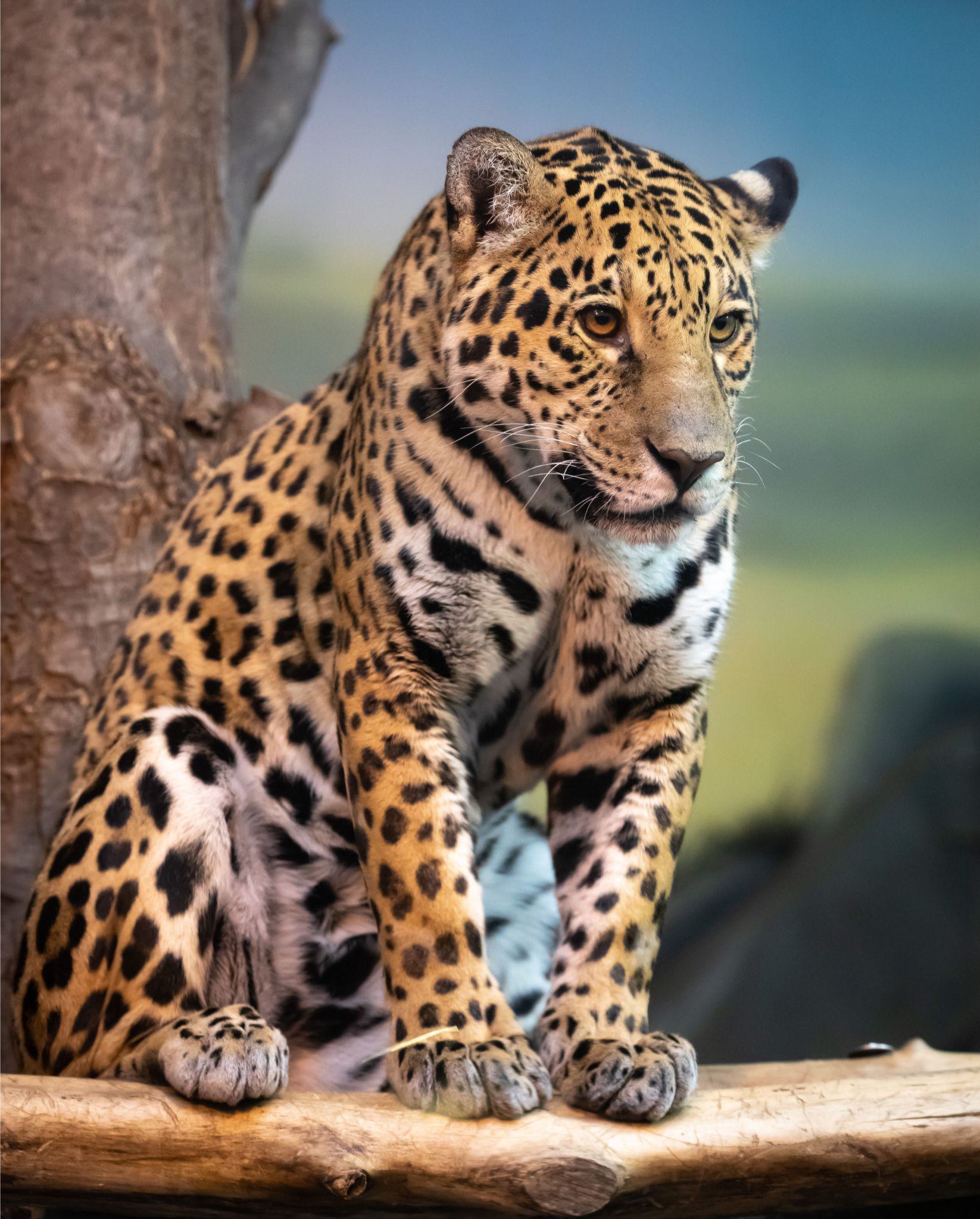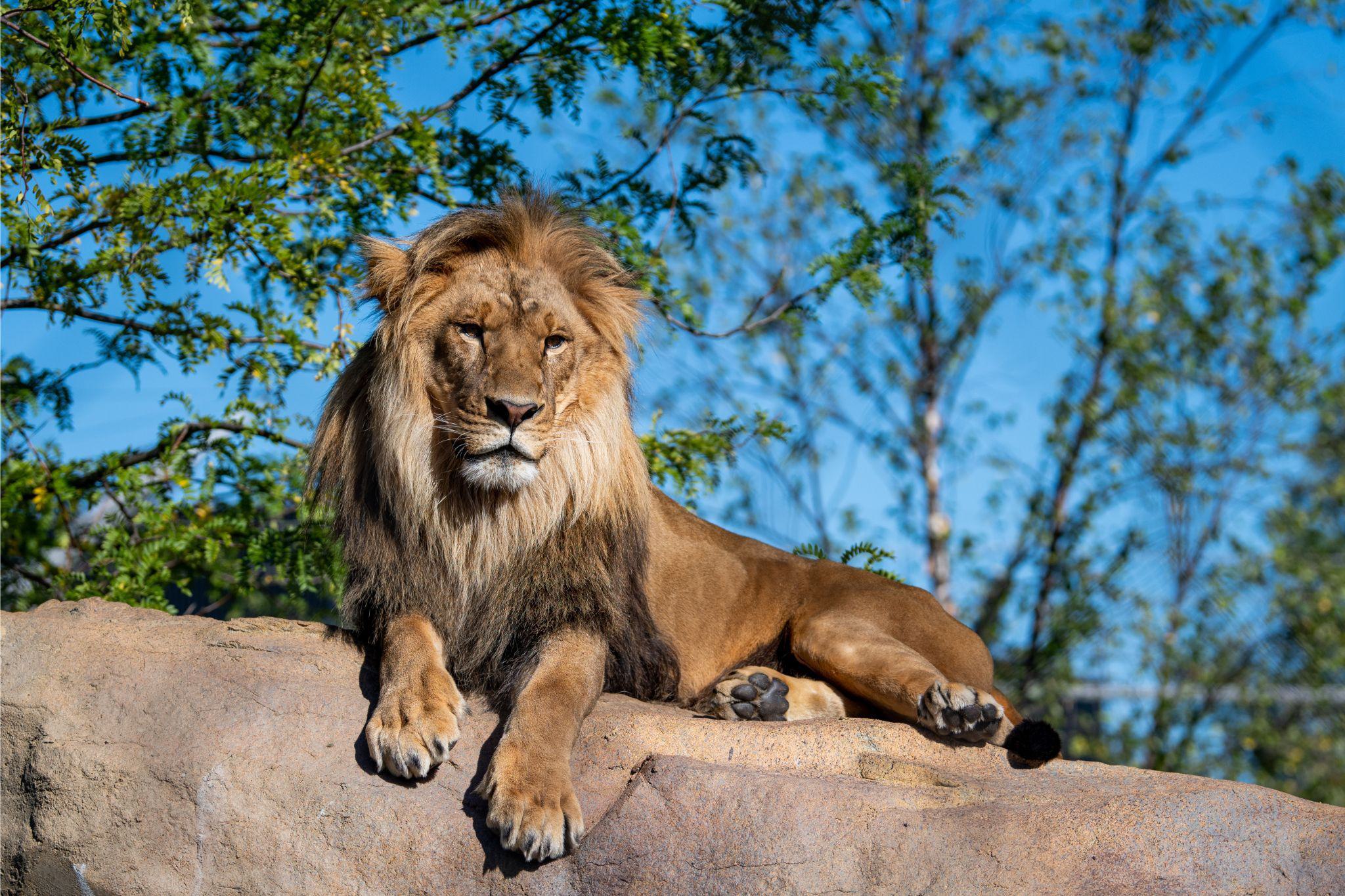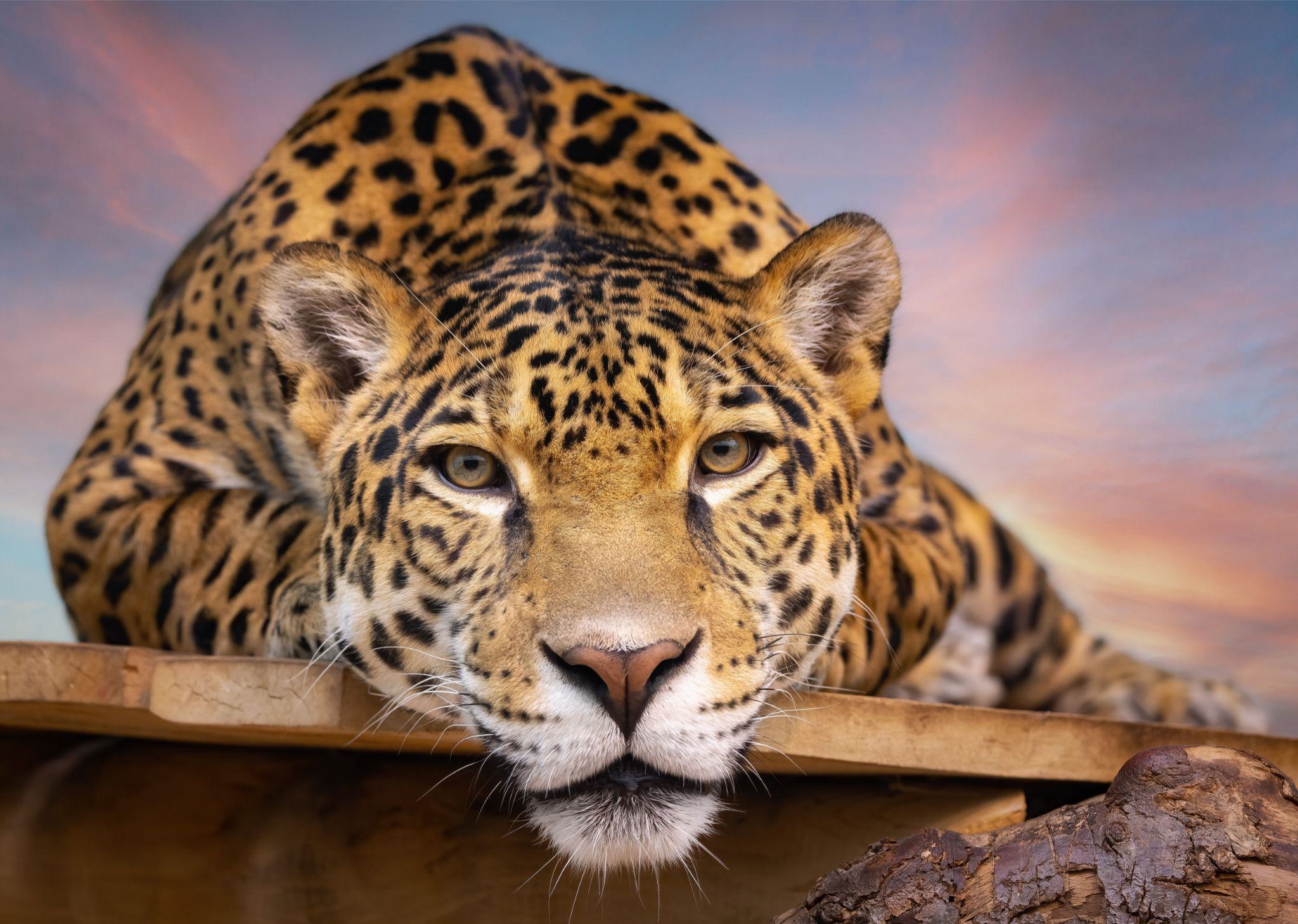
Jaguar
Distribution
South America
Diet
Carnivore
Habitat
Tropical Forests
Latin Name
Panthera onca
IUCN conservation status
- Extinct
- Critically endangered
- Endangered
- Vulnerable
- Near threatened
- Least concern
Masters in the art of camouflage, their powerful jaws make them formidable hunters.
Interesting informations
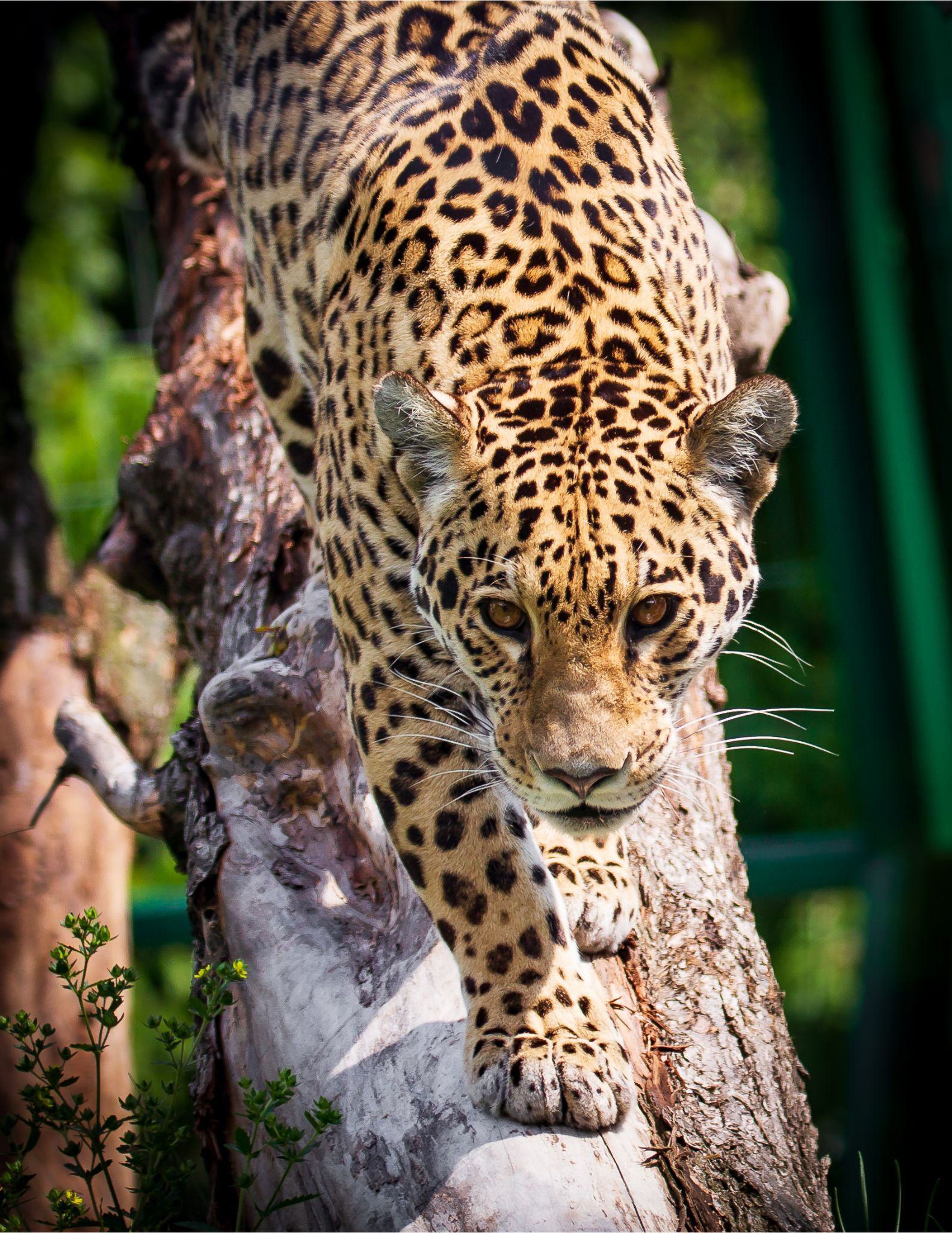
Opportunistic Hunters Ambushing Their Prey
Jaguars don’t capture their prey by speed but rather by surprise. Tapirs, armadillos, anteaters, capybara, caimans and turtles are among their prey, as well as several species of monkeys and deer. Their jaws can close with a pressure of 500 kg/cm2.
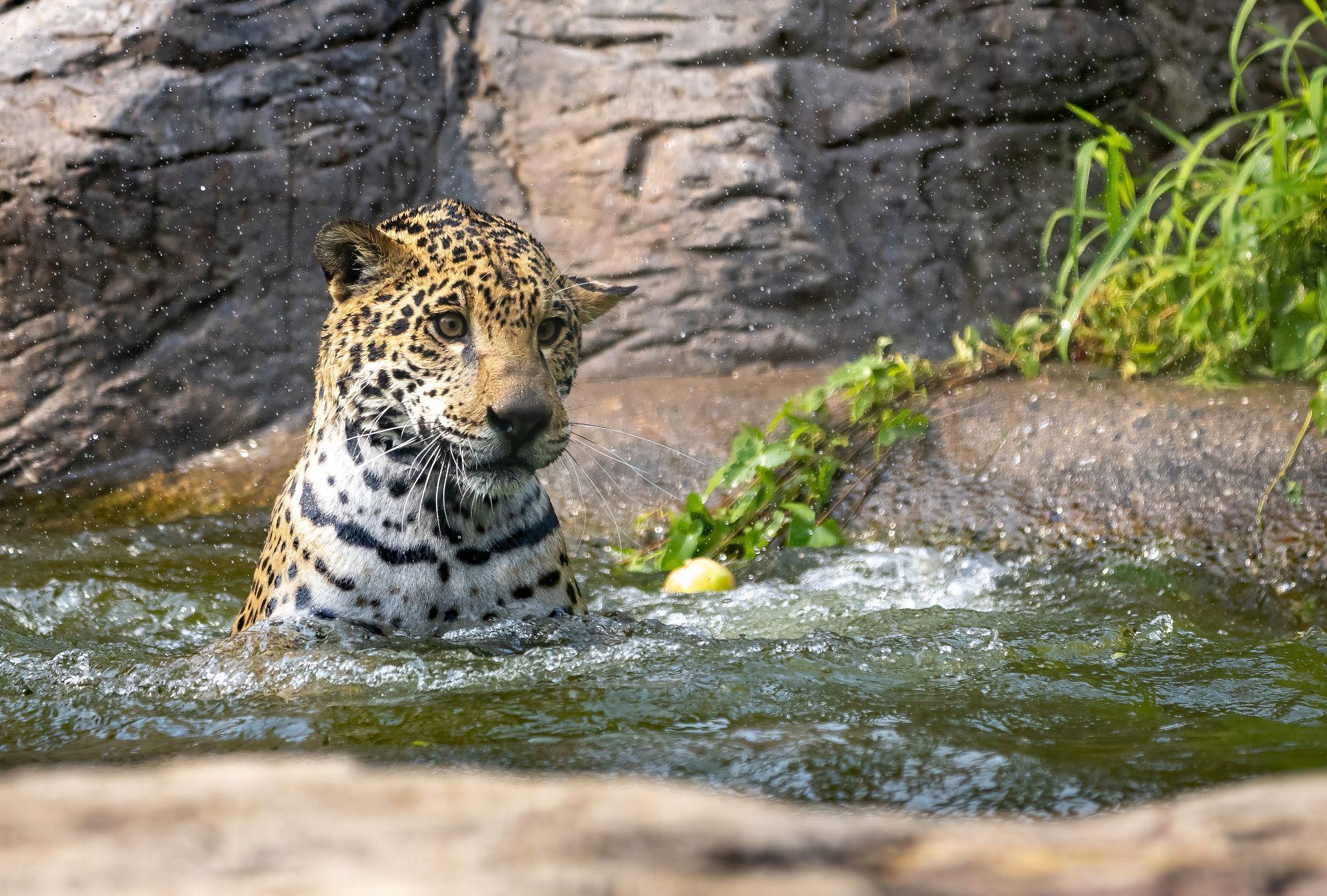
Versatile Felines Well-Adapted to their Environment
These mainly nocturnal creatures rely on a specialized layer of cells at the back of their eyes to move about at night, and they're powerful enough to pursue prey both by swimming and by climbing trees. The name "jaguar" is derived from the term "jaguara", a word of Tupi-Guarani origin, which means "carnivore that catches prey in a single bound".
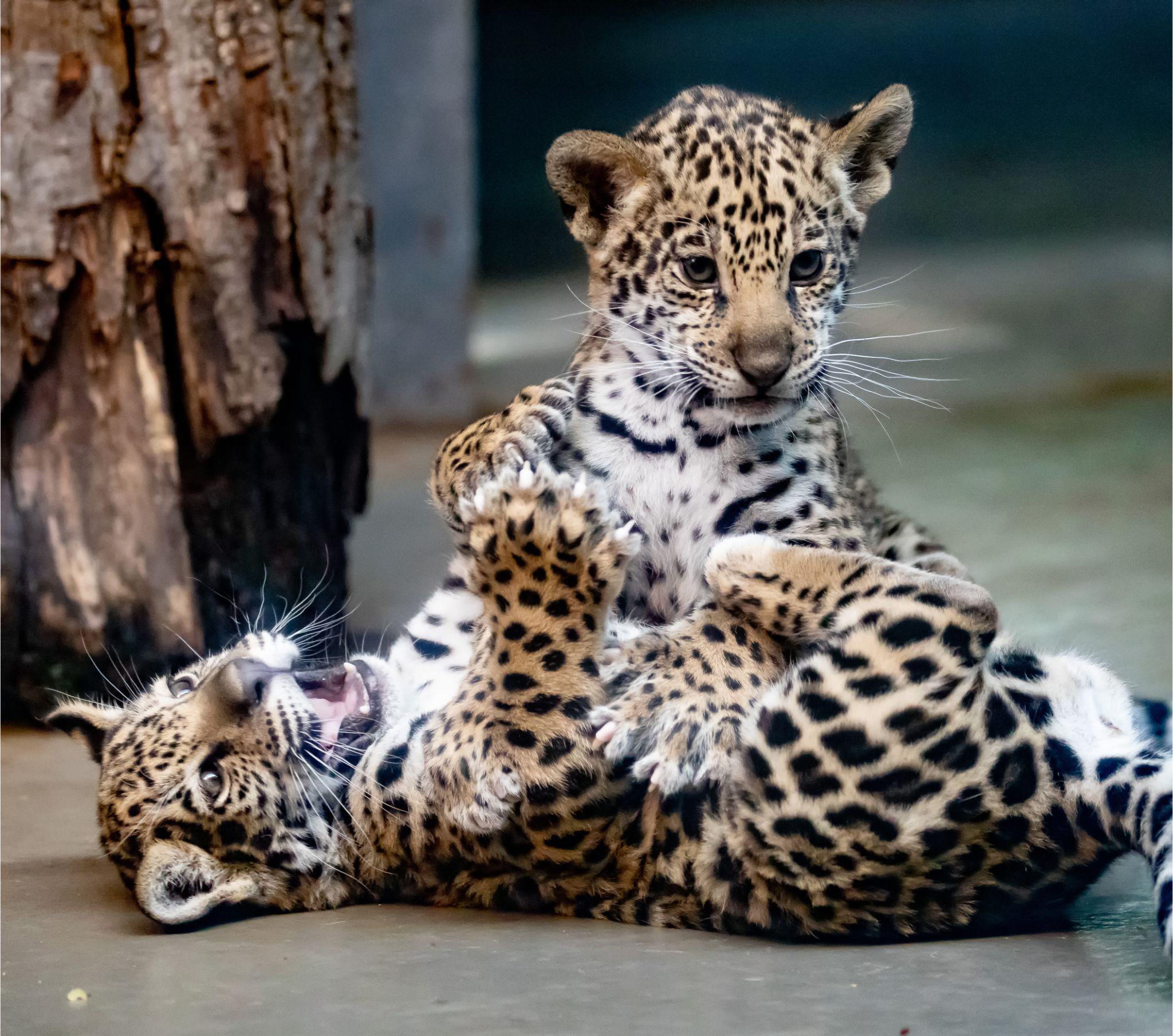
A Solitary Life
Couples only form during the breeding season; otherwise, individuals mark their territory with urine to indicate their presence and to keep intruders away. Females are very protective of their offspring. Therefore, won't tolerate the presence of the male as soon as the young are born. The cubs leave their mother when they are about 2 years old.
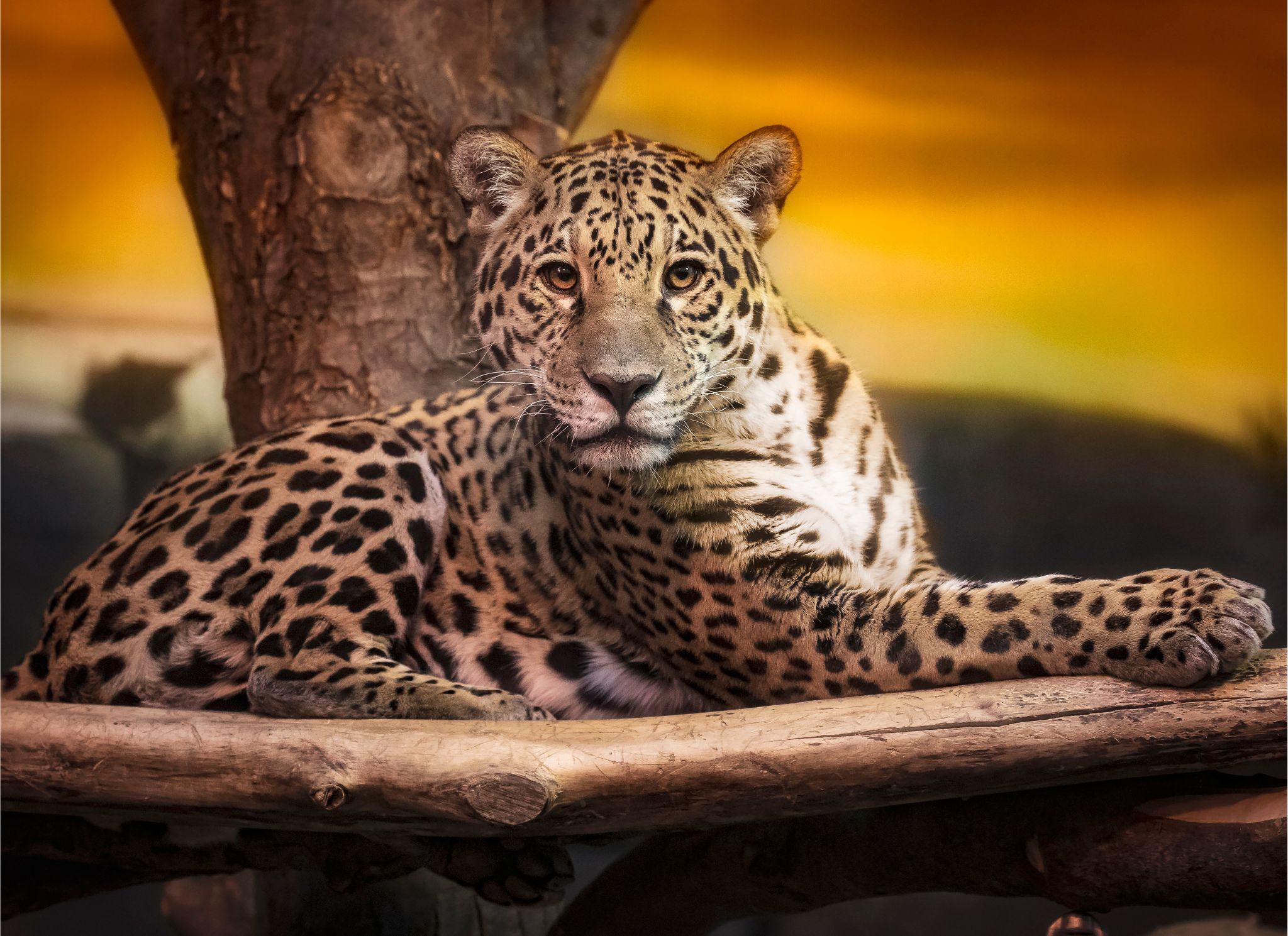
A Marked Decline Due to Habitat Fragmentation
These spotted felines have lost 50% of their historical distribution range. Deforestation for agricultural development is the main cause of their decline. In fact, their natural habitat has decreased considerably over the last 50 years. The species is hailed as a deity in some South American cultures.
Featured animals
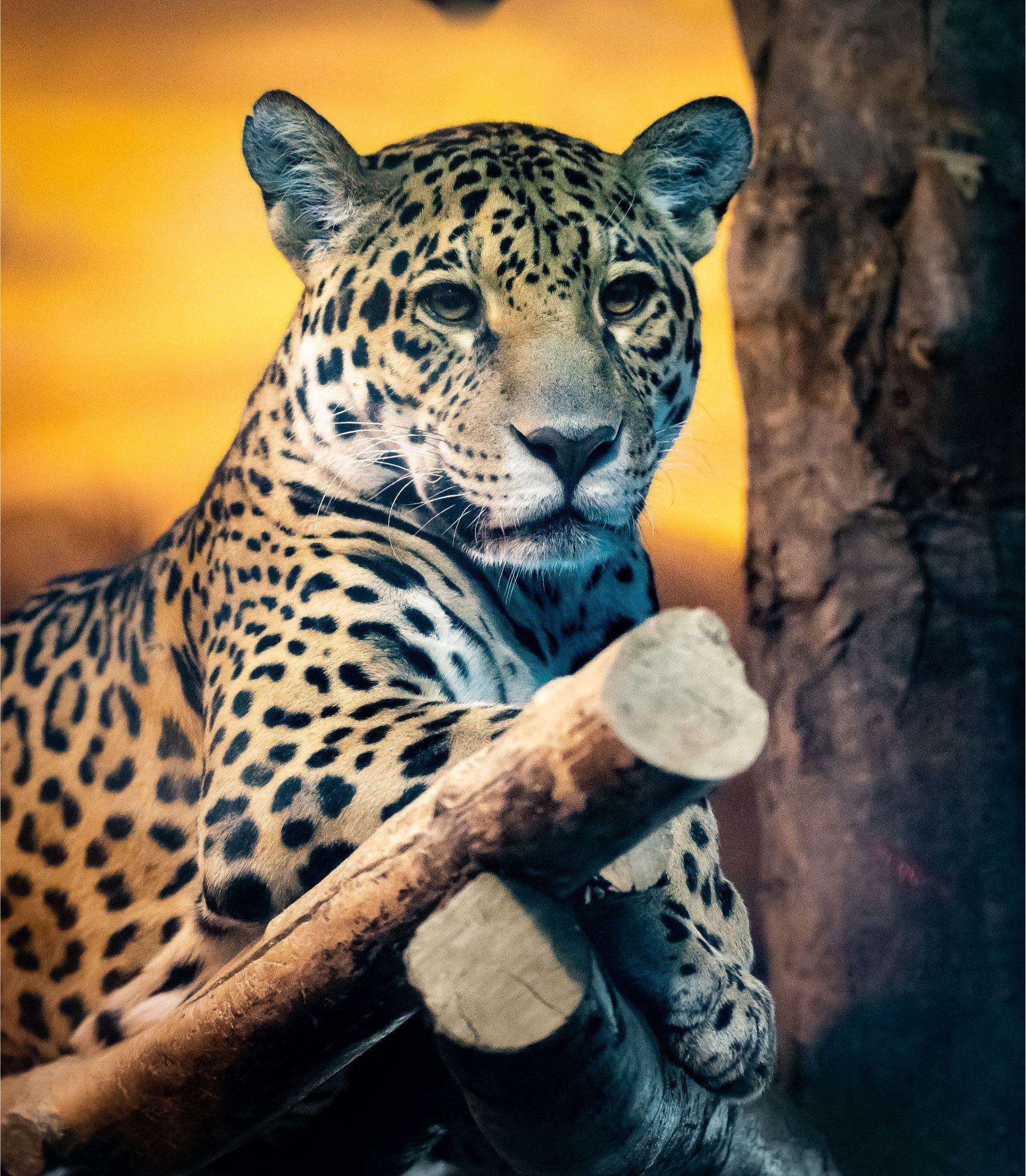
Taïama
Date of birth
April 16, 2012
Weight
110.23 lb / 50 kg
Profile
Born in the Berlin Zoo, Taïama joined our Zoo family in 2013. Since 2014, she shares her life with the male Kuwan. Participating in the conservation of their species, they've since produced two litters.
Fun fact
Taïama is playful and naughty by nature, with more of a protective instinct than a predatory one. She was once given fish as a meal... They were later found in the feline's water bowl!
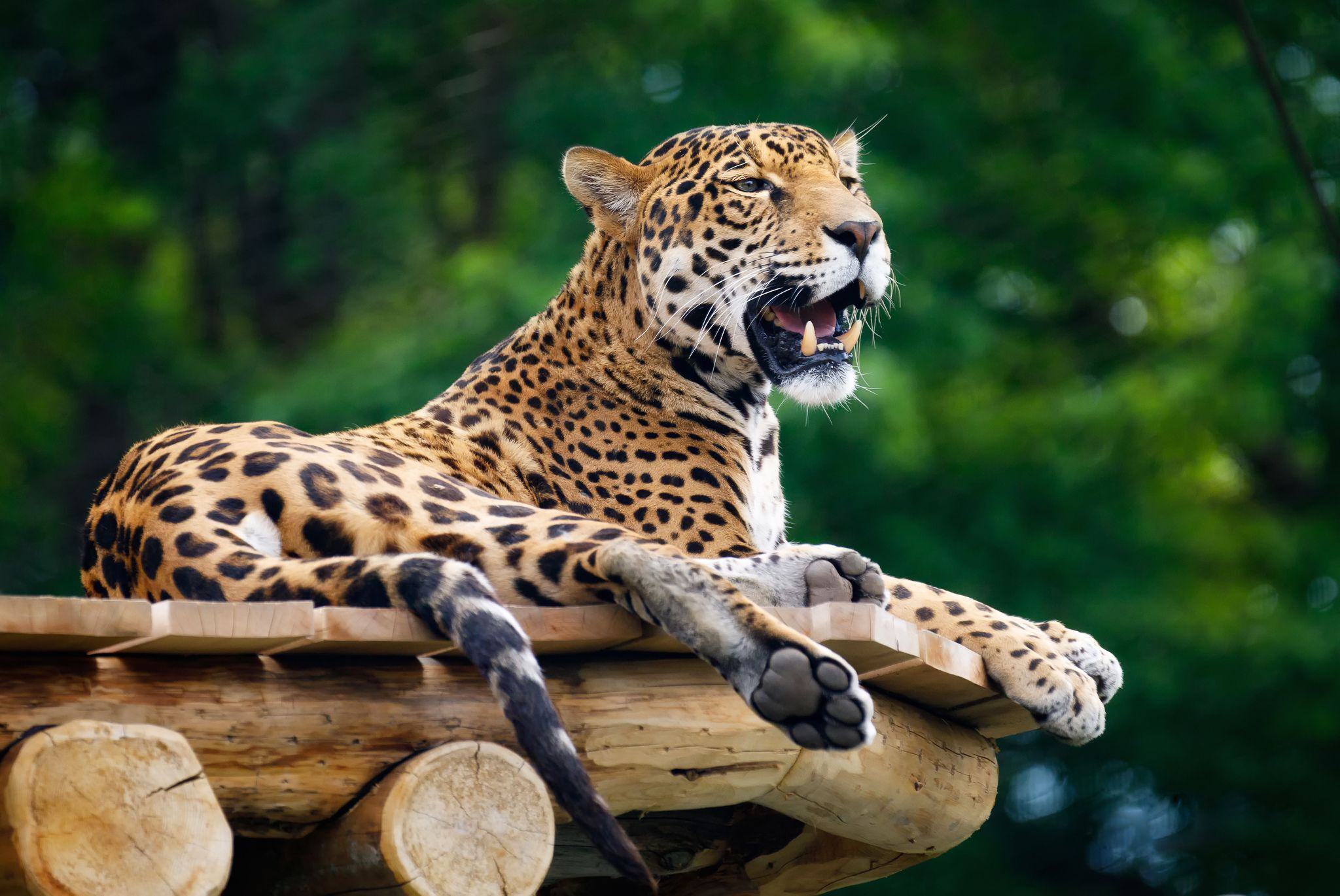
Kuwan
Date of birth
March 22, 2013
Weight
152 lb / 69 kg
Profile
Born on March 22, 2013 at Woodland Park Zoo, Kuwan has formed a pair with female Taïama since his arrival in 2014.
Fun fact
He enjoys fresh mint for enrichment!
